Christopher Borrelli: You think your office is a sitcom? I worked at Toledo's Blade newspaper, a loose inspiration for 'The Paper'
Published in Entertainment News
Standing against a wall of a dark basement bar in Toledo, a shout away from the Maumee River, I turned to a reporter at my left, a staffer at The Blade, Toledo’s daily newspaper, my journalism alma mater. I asked him: Does this seem, you know, like The Blade? “One hundred percent,” he whispered, turning back to the flatscreen on the wall. We were watching the new Peacock sitcom “The Paper,” set at a once mighty, now struggling Toledo newspaper, loosely inspired by The Blade.
A chunk of the newsroom staff slipped in after their shifts to nurse pale ales and catch the premiere. On screen, a new editor, played by Domhnall Gleeson, was saying inspiring things to his young and underpaid, inexperienced staff. They were going to rebuild the newsroom of the Toledo Truth Teller, the fictional newspaper on “The Paper.” They were going to cover Toledo like they did when the paper had a staff of 1,000. They were going to matter again!
“I remember that feeling,” someone in the bar said.
“I’m overwhelmed!” someone else laughed nervously, taking in the milieu, the long-anticipated follow-up to “The Office” and its nearly-true-to-life details clearly culled from local newsroom visits by the show’s creators, the portrait of a righteous profession in decline, the small staff of The Blade of Toledo, Ohio, now taking in the small fictional staff of the Truth Teller of Toledo, Ohio.
When “The Paper” and its location were announced earlier this year, former Blade staffers lit up social media, skeptical of how crazy this show could possibly get — how true to actually working at The Blade could a sitcom be and still be believable? Sure, the show’s co-creator, Michael Koman and others had visited The Blade and pressed reporters and editors for details on their news-gathering process, their backgrounds, what they did after work. They’d studied the paper’s 190-year history and absorbed the Renaissance Revival architecture of its long, corner-hugging building.
Since journalists are natural cynics, the consensus of Blade veterans was that there was no way they’d nail the real deal — sitcom or not, true tales of the real place strain credulity. Could you base an episode around the crisis that unfolds when the staff is unable to tell a newspaper executive that a Lifesaver is stuck to the back of his head? True story. Or the time a reporter inserted an odd detail into a murder story, noting the victim had a feather in their throat and was likely smothered by a pillow, which prompted the coroner to call the newsroom to say there was no feather. The reporter, who had recently had a lobotomy, admitted he’d seen the feather thing on an episode of “Quincy.”
Really.
I write all of this with nothing but love for the Blade, which was and is full of terrific, serious journalists. It’s seen Pulitzer winners, and alumni who now work some of the most public beats in the country, and writers who have become inseparable from the texture of the Glass City. It’s given inexperienced idiots, like myself, room to grow. It was an old-school cauldron. When I started, the crusty old days of journalism could still be glimpsed. Stray cigarette butts turned up like rare coins under frayed carpets. You could smell liquor on a reporter’s breath after an unusually long lunch. One of my officemates was Millie Benson. She was in her 90s then and writing, of all things, obituaries. She was also better known as “Carolyn Keene,” because she had co-created Nancy Drew. She was so old and over the pretense of niceties, she would call widowers and badger them for the scant obit details —“What do you mean, you don’t know what he liked to do?! You were married to him for 52 years!” That woman could be brutal.
She was also just one character out of a huge cast, some weird, some lovable, many talented. Like a lot of places you work, whomever you are and wherever you’ve worked, The Blade was just like a sitcom — that’s why the TV workplace comedy, which arguably reached its creative peak about 20 years ago with “Parks and Recreation,” “30 Rock” and “The Office,” the origin point of “The Paper,” remains the most culturally relatable genre of television programming.
“The Paper,” in bits and pieces, does capture some of the real Blade.
The Blade’s half-moon-shaped newsroom windows. The Dickensian printing room is a doppelganger for the dungeon I remember. In that basement bar, staff exploded in laughter at a faux-documentary clip of publisher John Stack (played by Pulitzer-winning Chicago playwright Tracy Letts). That name’s not so far removed from John Block, the name of the real publisher of the Blade, whose family business, Block Communications, owns the Pittsburgh Post-Gazette, a number of TV stations and a sizable hunk of Ohio broadband service.
“‘John STACK!’ You’ve got to be kidding me,” a Blade staffer laughed.
They cracked up at the show’s penchant for the real Toledo — its TV station call letters, its intersections, its outsized enthusiasm for syphilis-awareness billboards. They snickered knowingly at characters elevated into executive ranks despite not having a journalism background, and at the show’s society column being essentially a laundry list of names. No one seemed to note, perhaps because it was so obvious, how many of the show’s young ambitious reporters were women, which mirrors both the real Blade and many contemporary newsrooms. The day I visited, The Blade ran a quasi-review admitting “The Paper” was spot-on about the perverse exhilaration that journalists sometimes feel about horrible news. But, they also noted, the journalists on “The Paper” were far more ethically fluid than the reporters in its newsroom. (Accepting a box of wellness freebees, Gleeson’s editor says: “We’re focusing less on ethical, more on exfoliating.”)
Indeed, of producer Greg Daniels’ Rust Belt workplace trilogy, “The Office,” “Parks and Recreation” and “The Paper,” this is populated by the least professional professionals.
The Toledo Truth Teller is also far too clean for a working newsroom. Where are the pancaked stacks of papers and folders and the drawers overflowing with old notebooks? Where are the cream ceiling tiles so waterlogged they resemble the Shroud of Turin?
So far — the show has already been renewed for a second season — “The Paper” could stand to get a little crazier. I mean, if they want to mine actual Blade lore, well: How about journalists who sit next to each but only talk on the phone since one is near-deaf and the other just mumbles? How about the episode where an editor complains about the lack of free coffee on the Ohio Turnpike, launching a minor investigation? Or the episode where an editor tries explaining to his staff that Marlon Brando’s death is not culturally significant and therefore not worthy of an obituary? Or the one where an editor can’t decide if “Puerto Rican” is a slur? How about a midsized newspaper so disproportionally enthusiastic about British royalty that the day after Princess Diana died, the headline was: “Princess Diana … the whole world loved you, even if Charles didn’t.” A character in “The Paper” obliviously shaves in the office with an electric razor. I sat next to a columnist who clipped his toenails daily, shooting fillings over cubicle walls.
How about a reporter being asked to investigate if a local radio shock jock actually believed, as the DJ joked on the air, that a top editor was in fact the devil himself?
I was that Blade reporter, and I declined the assignment, not politely.
My Blade was bruising, aspiring and generous in equal measure. It had deep enough pockets and ambition to punch far above its weight class. Gleeson’s editor in chief — who previously worked as a toilet paper salesman for the newspaper’s parent company — dreams of just that, plus smoke-filled meetings and whiskey lunches, yet has almost no staff to bring back the glory days. What he has, instead, is a sense of purpose. The Blade staff I spoke to at that party felt similar unnerving circumstances: They wanted to stay inspired, despite the uphill reality for journalism in 2025.
They had booked the room for a few hours.
But after only three episodes, they were elbowed aside. Thursday night was comedy night in the pub and a stand-up comic needed the space. Holy Toledo, everybody’s in showbiz these days.
———
(Christopher Borrelli is a features writer for the Chicago Tribune.)
———
©2025 Chicago Tribune. Visit at chicagotribune.com. Distributed by Tribune Content Agency, LLC.
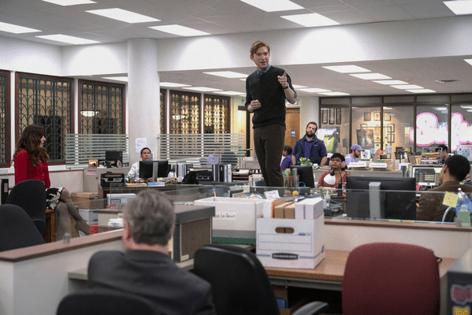
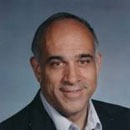
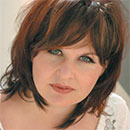
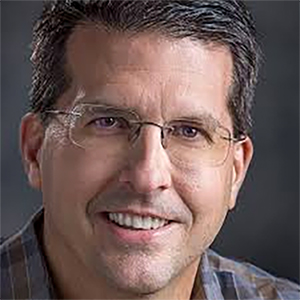
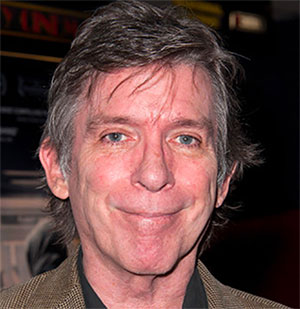



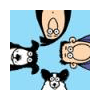

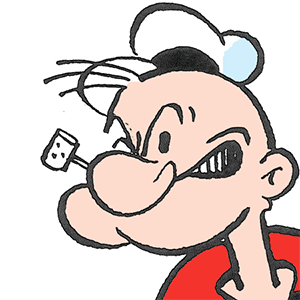
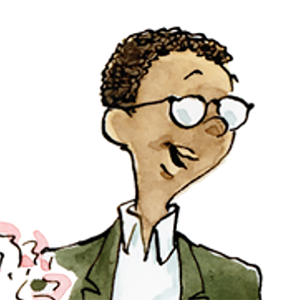
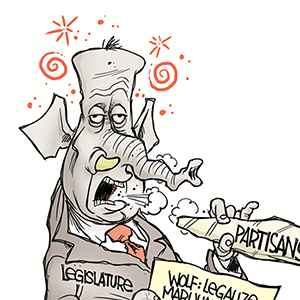
Comments